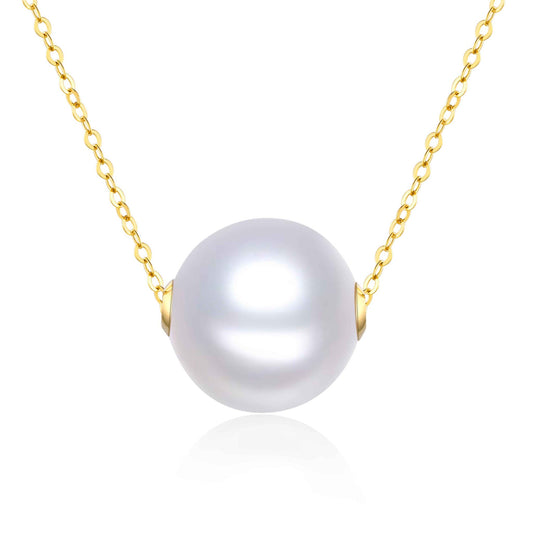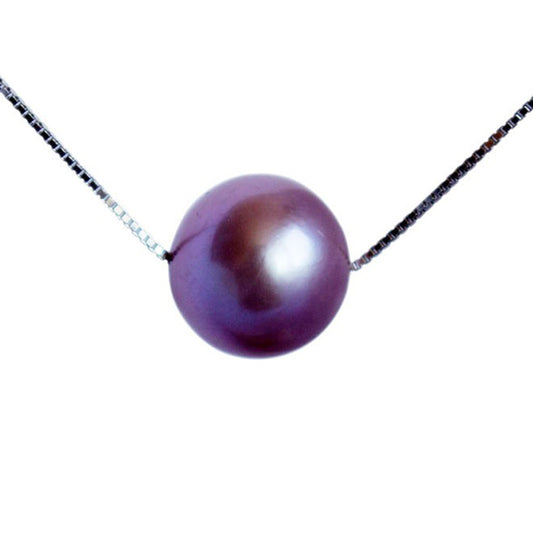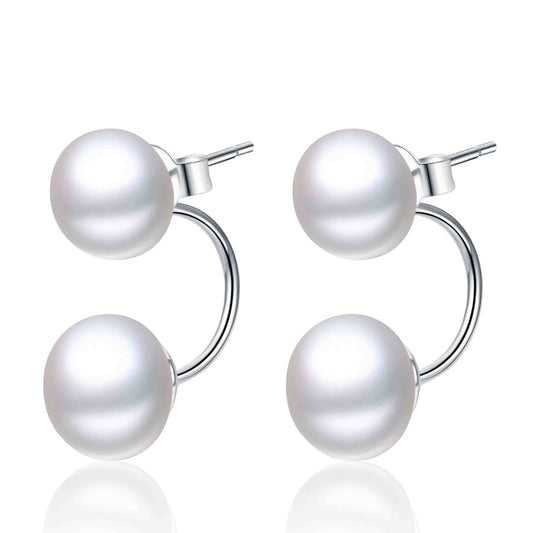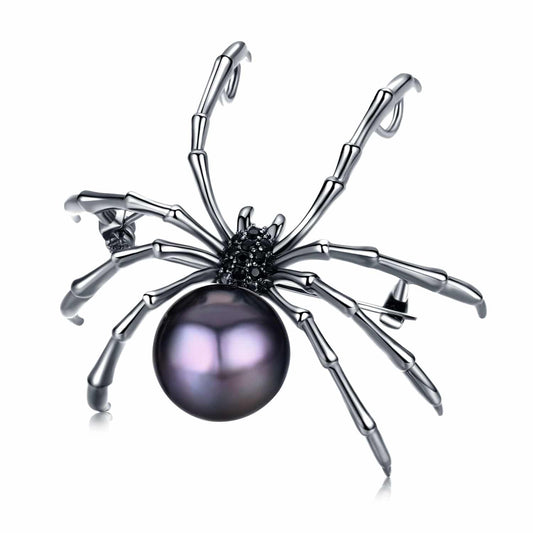If a scene from the film Black Diamond comes to mind when you think of gems, you’ll be glad to hear that this is not an image associated with the pearl industry.
Most gemstones are non-renewable resources. The supply of gems is finite and won’t be replaced in our lifetime, or even that of our grandchildren or theirs. Gemstones are extremely durable, though. They last for centuries and can be resold and reset into new, modern settings over and over again.
Many gemstone mining sites cause a lot of ecological damage, and there are a significant number of unfilled and unreclaimed mining pits, especially around illegal mining operations. In some countries, mining companies exploit sites without regard for the damage they cause – just how much they pocket from the extracted gemstones.
The mining industry offers workers hard working-conditions and low earnings, and the immediate communities around mining sites often don’t benefit much from the operations.
How Is the Pearl Industry Different?
Pearls are the only gems produced by living creatures. They are organic, created inside living mollusks.
Pearls are renewable. One mollusk can produce multiple gems at a time, can be grafted more than once – up to three times for high-quality mollusks – and mollusks also reproduce. Pearls take only a few years to form, not the thousands of years it takes for other gemstones to form.
“Pearls are unique – they are the only renewable gemstone in the human timescale,” says Dr. Saleem Ali, director of the Centre for Social Responsibility in Mining at the University of Queensland, Australia.
Regardless of whether they develop in nature or are cultured, pearls are formed in fragile ecosystems. The water in which the mollusks live must be clean and unpolluted, and marine life needs to be healthy. Pearl oysters are remarkably sensitive organisms. The healthier the oyster, the less likely it is to reject the nucleus or to be affected by a disease and other environmental stresses, and the more likely it is to produce high-quality cultured pearls.
A pearl farmer who cares about the long-term health of his farming operation must use environmentally-responsible farming practices to produce high-quality pearls now, and for decades to come.
In some regions (mainly parts of Australia), pearl farmers collect oysters from the wild, while others breed oysters, depending on availability. In countries where wild oysters are collected there are strict quota systems in place, regulated by the Government, to ensure that wild oyster stocks are not depleted.
Sustainability Certification for Pearl Farmers
Although most pearl farms employ sustainable practices, certification is not commonplace. The Australian Pearl Producers Association (PPA) was the first pearl farm to achieve a sustainability certification from the Marine Stewardship Council (MSC). To achieve this highly-regarded ecolabel, fisheries are assessed by a robust set of global best practice standards for sustainability.
This development is great news for the cultured pearl industry, and we hope that more farms will apply for certification.
A healthy environment is dear to our heart, which is why Timeless Pearl partners only with suppliers that conduct sound sustainability practices in their pearl culturing operations.




